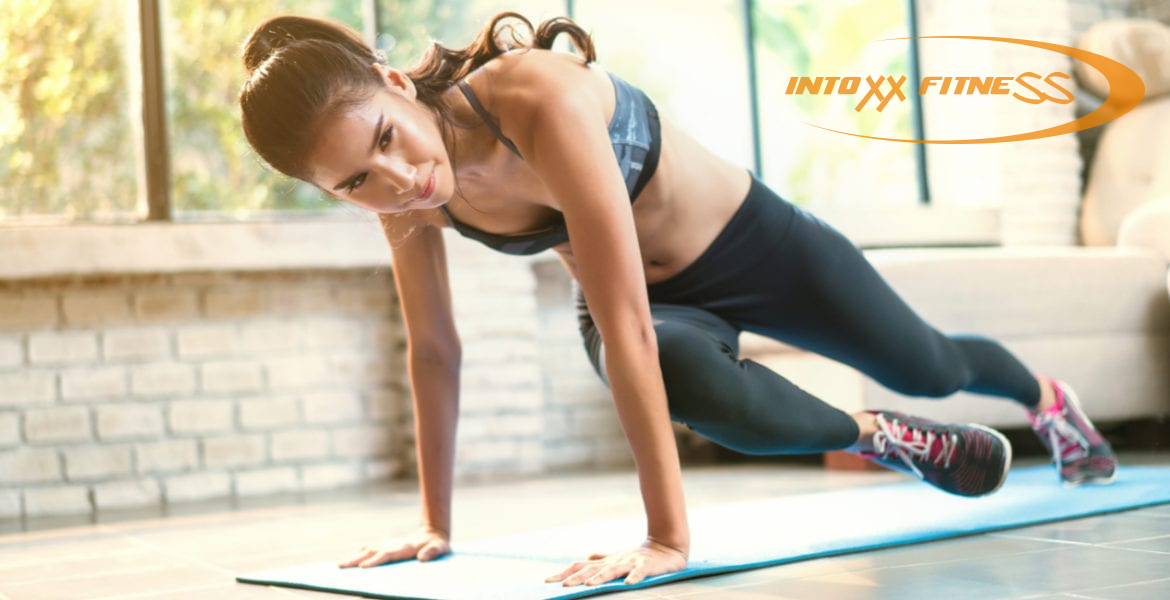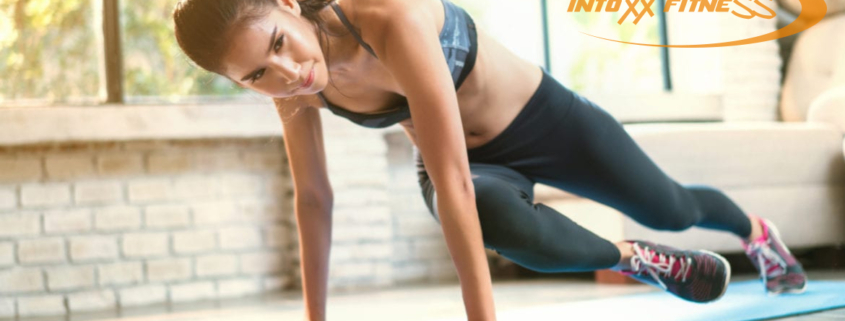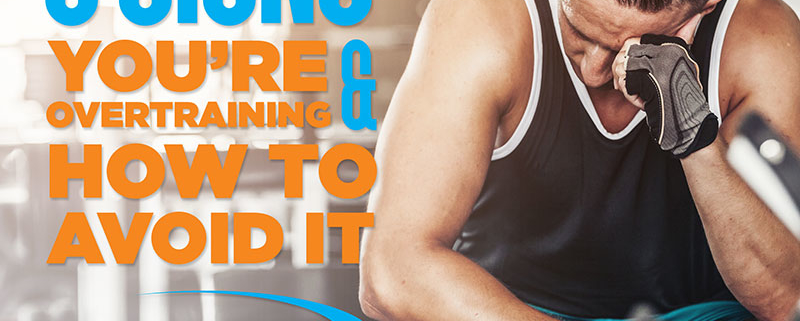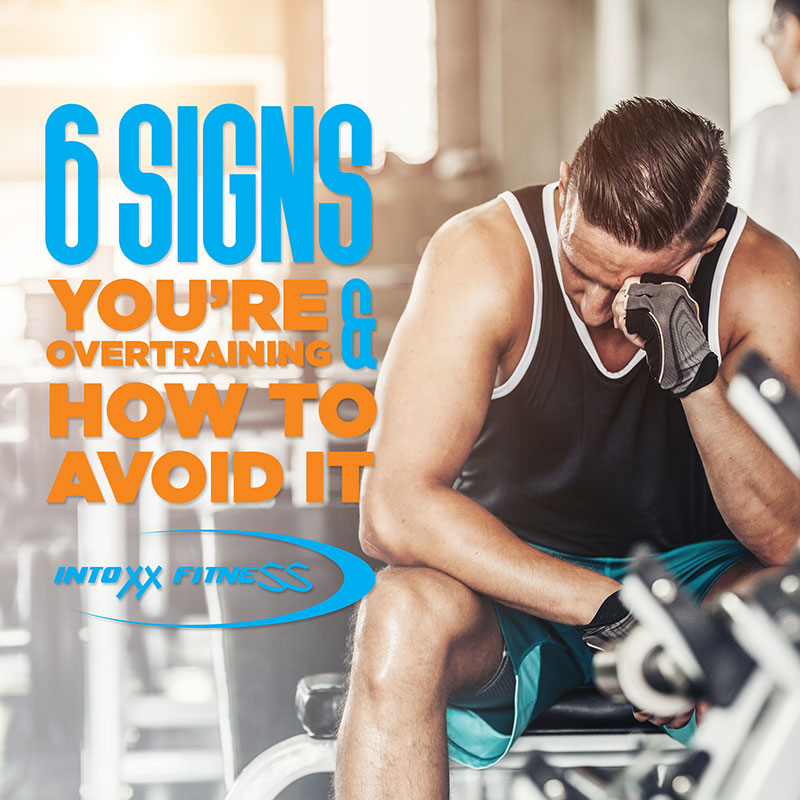
Due to the current climate, bodyweight training is becoming very popular across the country. You don’t have to go to the gym or own any fancy equipment to get started with bodyweight training. This unique workout regime relies completely on using your own body as a source or resistance. Bodyweight training works on its own or as a great supplement to traditional workout methods. Here are the top four benefits of bodyweight training if you are on the precipice of giving it a try.
Increased Variety and Control
Over time a lot of cardio and strength training routines can start to feel boring and monotonous. Cycling through the same machines at the gym or running on a treadmill is hardly exciting, and if you aren’t a large exercise fan it can be hard to get motivated. When bodyweight training all of the control is in your hands. You can change your routine every day or alternate more challenging sets as you see fit. You can switch the order of everything you do to keep things fun and light.
Low Investment but High Output
Not only does bodyweight training require very low monetary investment, but it also doesn’t require a huge time commitment. For starters, since you can do bodyweight training at home you don’t have to worry at all about commute time. Most full-body routines also don’t take hours out of your day. A short set of exercises that are targeted to hit muscles all over your body is all it takes to build muscle in a sustainable and effective way. The anytime-anywhere nature of bodyweight training makes it easy to stick to a regular training schedule with measurable results.
Increased Flexibility and Balance
Since bodyweight training relies completely on your body, you naturally increase your sense of balance and overall flexibility as you progress. Each bodyweight session should engage all of our core muscles and help build limb strength. The end result is a stronger and leaner body that is able to balance and stretch much more than before. You should continue to notice the benefits the longer you practice bodyweight training, and may be interested in some classes that integrate dance and yoga into training to help perfect posture and proper alignment.
A Lean Body
Not everyone wants to bulk up, which makes strength training less desirable. On the other hand, long cardio sessions don’t often lead to weight loss. For those in the middle, bodyweight training is the perfect middle ground because it produces a strong, lean body. It is an excellent way to lose weight and strengthen your muscles without becoming a CrossFit model. There are very few exercise methods that result in weight loss as effectively as the bodyweight training model.




 Many athletes worry about overtraining. Overtraining can make it harder to achieve your fitness goals, as you’ll find yourself at a standstill while you recover. It can take up to two or three months to fully recover.
Many athletes worry about overtraining. Overtraining can make it harder to achieve your fitness goals, as you’ll find yourself at a standstill while you recover. It can take up to two or three months to fully recover.